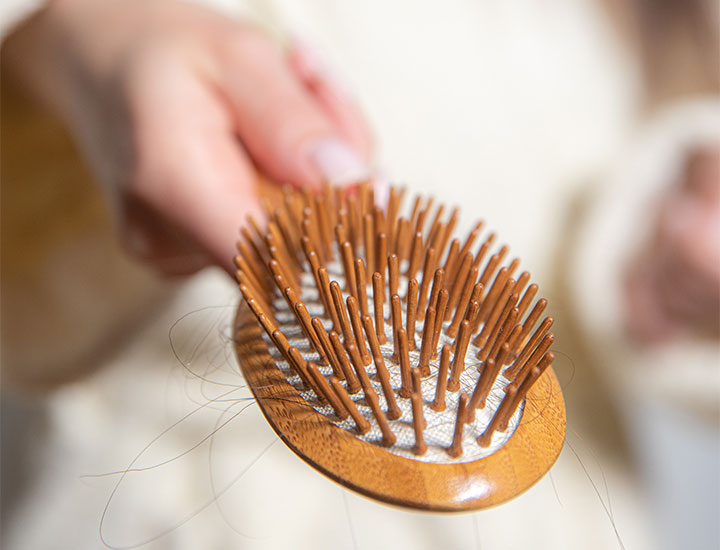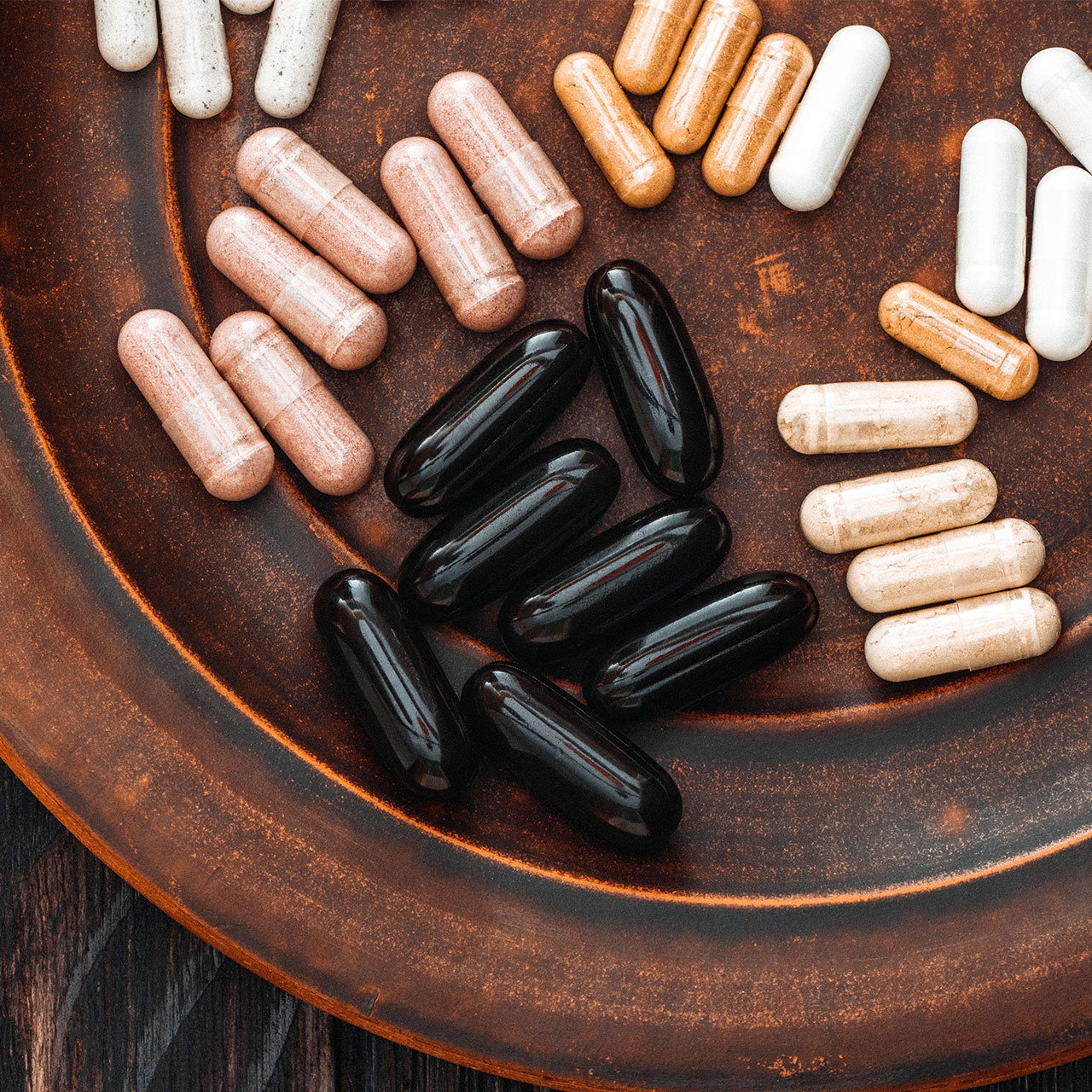This post has been updated since it originally published on November 18. 2022.
Shampoo has gotten a bad rap over the last few years, with more and more people stressing the benefits of skipping a few days in between hair washings for the sake of achieving healthier hair. While that’s all well and good, when it does come time to wash your hair, you want to be sure that you’re reaching for the right products that won’t ruin all that progress you achieved giving your strands and scalp a rest between shampoo days. Simply put: some shampoos are better than others. And the ones that are worth avoiding are those that contain questionable ingredients that not only damage hair, but can even contribute to hair shedding and breakage.
Kerry Yates, a trichologist with Colour Collective, goes into detail about shampoo ingredients that may be causing your hair to fall out — and that should be avoided at all costs.


Silicones
Yates doesn’t beat around the bush on this tip: “Stay away from silicones,” she said. “They can clog the follicles if used directly on the scalp. When used as a conditioner, they can weigh down fine, thin hair making it appear oily and lifeless.”
For the best shampoos for overall scalp health, Yates recommends looking for a shampoo that is obviously free from silicones AND heavy oils.
“It would be best to use a light shampoo like Innersense Pure Harmony Hairbath, formulated with gentle surfactants, natural ingredients that effectively cleanse the scalp,” Yates said. “Perfect for everyday use if needed.”
For a shampoo containing targeted hair growth ingredients, Yates’ go-to formula is evolis Professional Reverse Shampoo.
“Formulated with FGF5 inhibitors, this gentle shampoo when used daily can help rejuvenate the follicles life cycle pushing resting hair into the growing phase,” Yates said. “Be sure to massage into the scalp to achieve the best benefits.”

Harsh Detergents
“All shampoos are not created equal,” Yates said. “Stay away from any shampoos that tout super cleansing benefits. These are not meant to be used daily and can cause an unhealthy scalp environment. Use ‘cleansing’ shampoo no more than once a month if that and use it sparingly.”

Dry Shampoo
While it isn’t exactly a shampoo ingredient, Yates says it’s worth mentioning that overdoing it with dry shampoo can damage your hair. “Most people are using dry shampoo incorrectly,” Yates said. “It is meant to be used on the hair and then brushed out eliminating dirt/grime/product build-up along the way. Instead we are leaving it on scalp and letting it accumulate for days and days. This can cause the follicles to become clogged, leading to inflammation and damage. Ask yourself, ‘Would I ever leave makeup on my face for five days without rinsing away?’ That is in essence what you are doing with dry shampoo.”
Additional Tips
In addition to avoiding certain shampoo ingredients, Yates says these tips can help boost your hair health and prevent shedding:

Massage
“Give yourself a massage daily,” Yates said. “Massaging the scalp a minimum of four minutes daily will relieve tensions and tightness while improving blood circulation. Several studies have shown simple scalp massage has helped to improve scalp health and helps to decrease hair fall. Try using a brush from Mason Pearson or my new favorite: Raincry.”
Avoid Heavy Oils
“Stay way from applying heavy oils on the scalp, which can clog the follicle hindering future hair growth,” Yates said.

Wash Your Hair Less Frequently
There is definitely truth to the tip about not washing your hair too much. “Wash your hair every other day versus every day,” Yates said. “The daily use of cleansers can cause dryness and scalp irritation.”
Don’t Wear Tight Hairstyles
If you like to wear your hair in tight ponytail, Yates suggests trying one a bit lower, towards the nape of the neck to limit strain on your hair line. “Constant pulling will result in permanent follicle damage and prevent the follicles from operating normally,” Yates said. “ Extreme cases will result in traction alopecia.”
You don’t have to shell out a lot of money for your shampoo and conditioner — knowing which ingredients to avoid and following a few wise tips on how to care for your hair in between washings can go a long way.


























